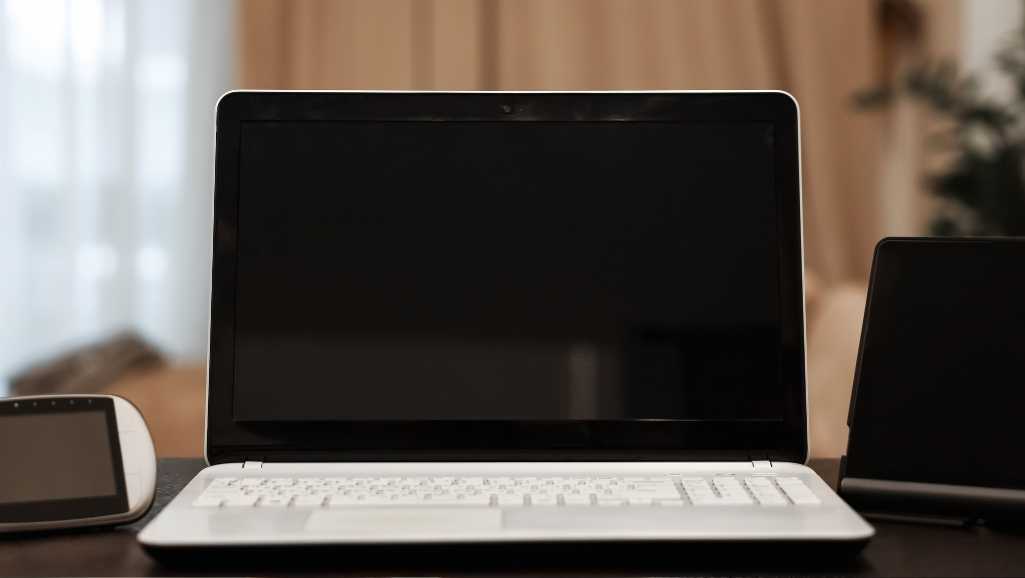
hp laptop wifi card not working
HP Laptop WiFi Card Not Working? Here’s How to Fix It (Wireless Connection Guide) If your HP laptop’s wireless connection suddenly disappears, drops out constantly,


Photo via Canva

chkdsk /f /r and hit Enter. This command scans and repairs disk errors and can take some time to complete.

HP Laptop WiFi Card Not Working? Here’s How to Fix It (Wireless Connection Guide) If your HP laptop’s wireless connection suddenly disappears, drops out constantly,

Should I upgrade to Windows 11? Windows 10 will reach its End of Life (EOL) on October 14, 2025. After this date, Microsoft will stop

Lenovo laptops are known for reliability, performance, durability, innovative features, long battery life, comfortable keyboards, and affordability. However, there is still a chance your Lenovo
|
*CLOSED ON 18 April 2025 (Good Friday) |